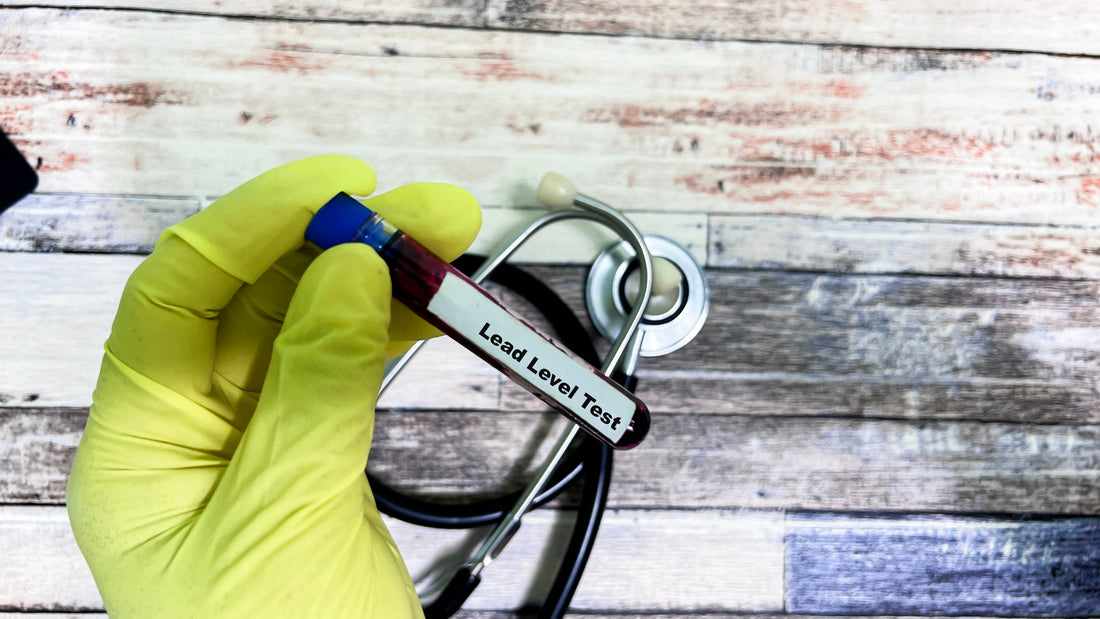
Comparing modern lead testing technology
In today’s market, ensuring your products are free from harmful substances like lead isn’t just a regulatory requirement—it’s a commitment to the health and trust. But with so many testing technologies available, it can be challenging to determine which is best suited for your needs. This post intends to demystify the modern lead testing technology and help you make informed decisions.
Modern Lead Testing Technologies
1. X-Ray Fluorescence (XRF) Spectroscopy
- How It Works: XRF technology uses high-energy X-rays to excite atoms in a sample, which then emit secondary (fluorescent) X-rays. The emitted energy is analyzed to identify the presence of lead and other elements.
-
Advantages:
- Non-destructive testing (no damage to the product).
- Fast and portable, suitable for on-site instantaneous testing.
- Detecting parts per million.
- Accurate for surface-level contamination.
- Best For: Testing ceramics, toys, painted surfaces, and metals.
- Harms and Humans Availability: currently available
2. Atomic Absorption Spectroscopy (AAS)
- How It Works: AAS measures the absorption of light by lead atoms in a sample after it’s been dissolved in a solution.
-
Advantages:
- High sensitivity, detecting parts per million/billion
- Reliable for liquid samples or finely ground materials.
-
Limitations:
- Requires sample destruction.
- Time-consuming compared to XRF.
- Best For: Testing food products, powders, and liquids.
- Harms and Humans Availability: currently unavailable
3. Inductively Coupled Plasma Mass Spectrometry (ICP-MS)
- How It Works: ICP-MS uses a high-energy plasma torch to ionize a sample, allowing mass spectrometry to detect lead at extremely low concentrations.
-
Advantages:
- Exceptional sensitivity, detecting parts per trillion.
- Ideal for comprehensive testing across multiple metals.
-
Limitations:
- Expensive and requires specialized equipment.
- Sample preparation is complex and destructive.
- Time-consuming compared to XRF.
- Best For: Regulatory compliance testing for medicine, food, supplements, and water.
- Harms and Humans Availability: currently unavailable
4. Lead Test Kits
- How It Works: Chemical test kits provide quick results by applying a reagent to a surface or liquid. If lead is present, the reagent changes color.
-
Advantages:
- Affordable and easy to use.
- Suitable for initial screening.
-
Limitations:
- Limited sensitivity; may not detect trace amounts.
- Quality of tests depends the company.
- Results can be misleading with tests providing false positives for harmless metals, and being incentives when used on alloys and plastic.
- Best For: Preliminary checks for ceramics, painted surfaces, and jewelry.
- Harms and Humans Availability: currently unavailable
Blood Testing for Lead: Understanding Personal Exposure
In addition to testing products and environments, blood lead testing is a crucial tool for assessing personal exposure.
- How It Works: A healthcare provider or laboratory measures the concentration of lead in the bloodstream, reported in micrograms per deciliter (µg/dL).
-
Advantages:
- Directly measures recent exposure.
- Helps determine the severity of lead poisoning.
-
Limitations:
- Only identifies current exposure levels, not the source.
Who Needs Blood Lead Testing?
- Children and pregnant individuals, who are most vulnerable to lead's harmful effects.
- People living or working in high-risk environments, such as older homes or industrial settings.
- Individuals with known exposure to lead-containing products or environments.
How Blood Testing Complements Product Testing
While blood testing identifies exposure, product and environmental testing help locate and eliminate the source. Combining both approaches ensures a comprehensive strategy for lead safety.
Which Technology Is Right for You?
Choosing the right lead testing technology depends on your specific needs, whether you’re a small business owner, a manufacturer, a concerned consumer, or a household looking to safeguard your environment.
- For Businesses and Manufacturers: If you’re producing or selling goods like ceramics, jewelry, toys, or cannabis products, XRF spectroscopy is often the best choice. It’s fast, non-destructive, and portable, making it ideal for frequent testing and ensuring compliance with regulatory standards. For businesses handling food or liquid products, ICP-MS provides unmatched sensitivity for detecting even trace levels of lead, ensuring your products meet the highest safety standards.
- For Consumers and Households: Concerned about lead in everyday items like cookware, vintage dishes, toys, or even painted furniture? Lead test kits offer an affordable and simple way to screen for contamination at home. However, for more precise results, XRF testing can provide professional-grade insights without damaging your items. If you’re worried about lead in your water, food, or supplements, professional testing using AAS or ICP-MS can offer peace of mind with high accuracy and reliability. For individuals concerned about exposure, blood lead testing can also help assess personal health, complemented by product testing to identify and remove sources of contamination.
- For Schools and Community Spaces: Environments frequented by children need extra precautions. Portable XRF devices are excellent for quick inspections of painted surfaces, playground equipment, and furniture. For water and food safety in these settings, ICP-MS or AAS ensures comprehensive detection of lead at trace levels.
Whether you’re protecting your business, ensuring your family’s health, or making a safe environment for your community, there’s a lead testing solution tailored to your needs. By understanding the strengths and limitations of each method, you can choose the most effective approach for your situation.